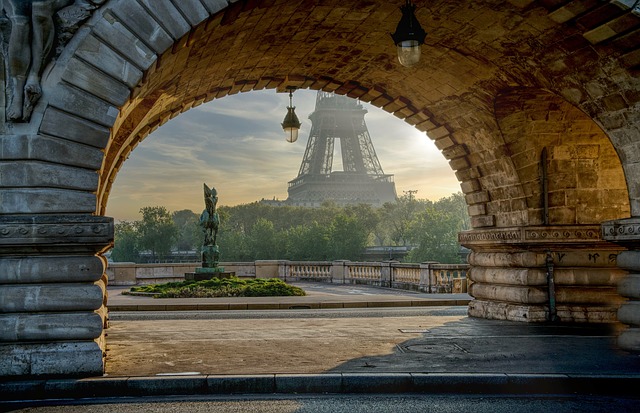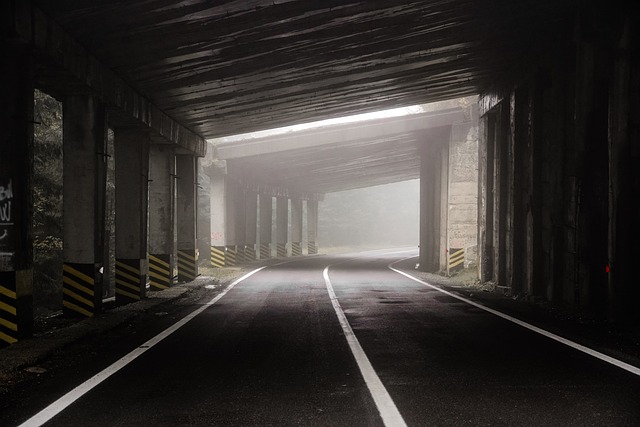The Soul of a City: How Roads Shape Urban Life
In the grand tapestry of urban life, roads are the threads that weave connections, serve as conduits of culture, and shape the very essence of a city. Unlike mere pathways connecting various locations, roads embody the spirit of a city, influencing its economy, culture, social interactions, and the environment. The intricate network of roads facilitates not just movement but the dynamics of urban life, imposing a rhythm that resonates with the heartbeat of the community.
The Evolution of Urban Transport
Historically, roads have been vital to the growth and expansion of cities. From ancient trade routes that crisscrossed empires to modern highways that facilitate interstate travel, the evolution of roads has mirrored the advancement of civilization itself. As cities grew, the design and function of roads adapted to meet the changing needs of their populations. In many cases, early settlements formed near key thoroughfares, where traders and travelers could easily exchange goods and ideas.
The advent of the automobile in the 20th century marked a significant shift in urban transportation. Roads transformed from pathways for pedestrians and horse-drawn carriages into expansive highways designed to accommodate increasing traffic volumes. This transition not only affected how people navigated their cities but also altered the very fabric of urban life. Suburbanization emerged as a consequence of increased automobile use, leading to a reconfiguration of urban landscapes and lifestyles. Cities expanded outward, often leaving behind aging infrastructure and unutilized spaces in their core areas.
Roads as Cultural Corridors
Roads are more than transport channels; they act as cultural corridors that reflect a city’s identity. The architecture flanking roads, the street art adorning walls, and the local businesses lining the pavement contribute to the character of the urban environment. Each neighborhood possesses its own unique flavor, woven together by the roads that traverse them. From vibrant market streets in bustling areas to serene avenues lined with trees in residential neighborhoods, these routes shape the community’s visual and cultural identity.
Consider the vibrancy of cities renowned for their public markets, food vendors, and lively street life. In cities such as Marrakech, Mexico City, or Bangkok, the roads serve as marketplaces where culinary arts and social interactions converge. These urban environments thrive on pedestrian movement, with roads pulsating with energy as residents and tourists engage in the rhythm of everyday life.
The Socioeconomic Impact of Roads
The design and accessibility of roads have profound implications for socioeconomic conditions within a city. Well-planned road networks can stimulate economic development, fostering growth in local businesses and attracting investment. Conversely, poorly designed or congested roads can lead to isolation and economic stagnation, particularly for marginalized communities. The accessibility of a neighborhood directly influences its desirability, affecting real estate prices, business viability, and even community health.
Public transportation systems often run along main thoroughfares, emphasizing the importance of integrating road planning with transit solutions. Cities like Bogotá and Curitiba are exemplary models of how effective public transport design, paired with well-planned road networks, can enhance mobility and provide equitable access to resources across different socioeconomic groups.
Environmental Considerations
While roads facilitate the movement of people and goods, they also come with environmental costs and considerations. Urban sprawl fueled by highway expansion contributes to habitat destruction, increased greenhouse gas emissions, and air pollution. The challenge lies in balancing infrastructural development with sustainable practices that demonstrate an awareness of environmental stewardship.
Innovative approaches to urban planning are gaining traction, incorporating green spaces, cycling paths, and pedestrian-friendly designs into road systems. Initiatives such as green roofs, permeable pavements, and eco-adaptive road materials signify a movement towards integrating nature into urban life. Cities are increasingly recognizing that a holistic approach to road development must include considerations for the environment and biodiversity.
The Future of Urban Roads
As cities face the growing challenges of urbanization, climate change, and technological advancements, the future of roads will inevitably evolve. Smart city initiatives are gaining prominence, incorporating technology to enhance urban mobility and improve the flow of traffic. Concepts such as autonomous vehicles, smart traffic signals, and real-time mapping applications are reshaping the way we navigate urban spaces.
Further, the rise of micro-mobility solutions—such as e-scooters and bike-sharing programs—highlights a shift towards sustainable transport options that reduce reliance on cars. These trends necessitate a re-imagination of roads not only as vehicular pathways but as dynamic public spaces that accommodate diverse modes of transport and foster community engagement.
Creating Inclusive Urban Spaces
Roads must evolve to reflect the needs of diverse populations. Accessibility for disabled individuals, equitable pedestrian infrastructure, and inclusive public spaces are central to urban planning discussions. Designing roads that prioritize safety and accessibility can significantly enhance a city’s inclusivity, allowing all residents to participate in urban life regardless of age or ability.
Engaging citizens in the planning process further ensures that roads reflect community needs and desires. Participatory urbanism invites residents to voice their opinions, shaping how roads are conceived and constructed. By prioritizing community involvement, urban planners can create spaces that resonate with the cultural and social identity of their citizens.
The Iconic Roads of the World
World-renowned roads often symbolize the cities they traverse, becoming not only navigational paths but cultural landmarks. The Champs-Élysées in Paris represents more than mere thoroughfare; it is a hub of luxury, art, and history. Similarly, the renowned Route 66 in the United States embodies the spirit of freedom and adventure associated with the American road trip culture.
These iconic roads attract tourists and locals alike, highlighting the role roads play in shaping perceptions of urban environments. They become destinations in their own right, offering a snapshot of a city’s cultural vibrancy and dynamism.
The Rhythm of Urban Life
Ultimately, roads dictate the rhythm of urban life, influencing interactions, accessibility, and even social dynamics. The interplay between roads, people, and communities creates a living entity—one that breathes, evolves, and reflects the collective experiences of those who inhabit a city. Understanding the profound impact of roads on urban life allows us to reimagine our cities as inclusive, vibrant, and interconnected spaces where movement meets meaning.
A Call to Urban Consciousness
As we contemplate the future of our cities, it is vital to recognize the significance of roads in shaping urban life. Every road we build or redesign carries the potential to transform the experiences of those who walk, drive, or cycle along it. By prioritizing sustainable, inclusive, and thoughtful planning practices, we can honor the soul of our cities, ensuring they continue to thrive in harmony with their inhabitants and the environment.
Recognizing that roads serve as more than mere transport mechanisms encourages a deeper appreciation for their role in our daily lives. The next time you travel along your city’s roads, contemplate the stories they tell and the diverse experiences they foster. Roads, indeed, shape the soul of a city.



